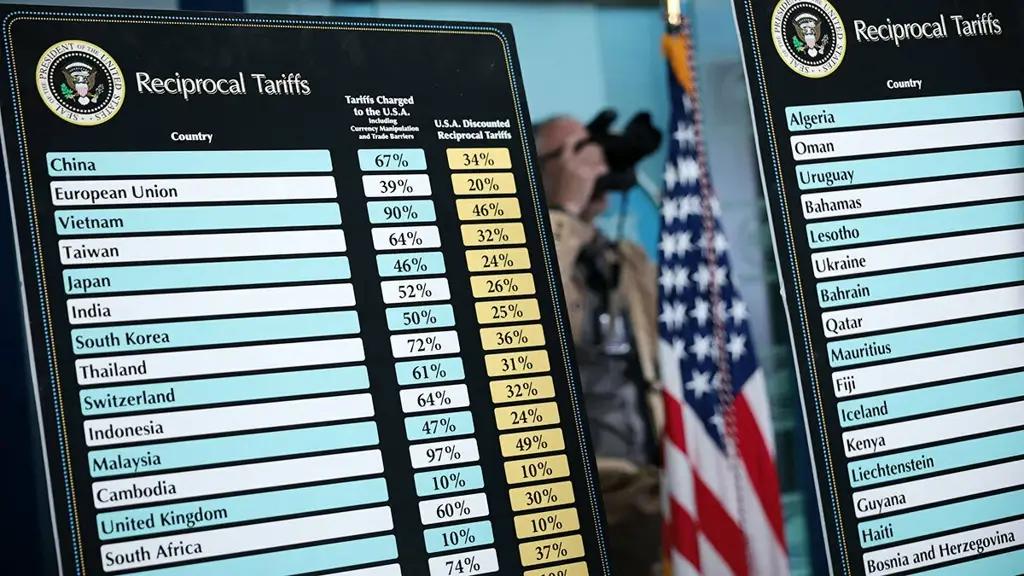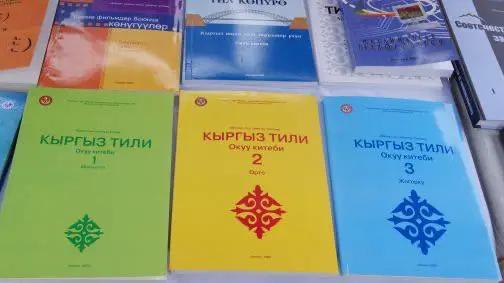
Published
04/04/2025, 16:07The White House has published a complete list of countries and product categories that will be subject to retaliatory tariffs starting in 2025. Among the listed countries are Kyrgyzstan, Uzbekistan, Tajikistan and Turkmenistan. For these Central Asian states, a 10% tariff rate will be imposed in response to similar measures taken against U.S. goods.
In light of this, Akchabar decided to take a closer look at the trade balance between the United States and Kyrgyzstan. According to official data for 2024, imports from the U.S. to Kyrgyzstan totaled nearly 255 million USD, while exports from Kyrgyzstan amounted to just 6.28 million USD. This figure may seem insignificant — only 0.2% of the country’s total exports last year — but the introduction of customs duties could still have consequences for specific exporters.
Thus, the 10% tariff will inevitably lead to higher prices for Kyrgyz products on the U.S. market. This will make goods from Kyrgyzstan less competitive compared to those from countries that continue to enjoy preferential trade terms.
As a result, demand for Kyrgyz goods in the U.S. may decline. And while this may not significantly impact entire industries due to the relatively small volume of exports, for individual exporters who have established supply channels to the U.S., even a slight drop in demand could prove critical.
The most vulnerable categories of Kyrgyz exports to the U.S. are likely to include:
The Vice President of the Chamber of Commerce and Industry, Avazbek Kerimbaev, commented on the situation, noting that they do not expect a significant impact on Kyrgyz exports due to the introduction of the 10% tariff.
"Since the volume of our product shipments to the American market remains small, it is several times less compared to exports to neighboring countries," — says Kerimbaev.
He also added that Kyrgyzstan, as a member of the Eurasian Economic Union, operates under the tariff rates that were established in 2015 for the import of goods from third countries. These rates can vary depending on the commodity nomenclature of foreign economic activity — for some goods, they may be reduced, while for others, they may be increased, especially in the case of protecting domestic production.
"As for the U.S., no specific tariffs have been imposed in relation to this country within the framework of the EAEU. The current measures by the U.S. are primarily focused on its largest trading partners — China, Japan, Mexico, Canada, and the countries of the European Union. These countries have a significant volume of shipments to the American market and have previously benefited from trade advantages, including under free trade agreements. For Kyrgyzstan, these measures are more symbolic and will not significantly impact our country's foreign economic activity," — added Kerimbaev.
It is worth noting that, unlike Kyrgyzstan, the tariff imposed on Kazakhstan by the U.S. will be 27% in response to the high 57% tariffs on American goods that are in effect in that country. This is an example of retaliatory measures.
Eurasian Development Bank analysts also responded to the situation, stating that the U.S. is implementing the most extensive import tariffs in the last 100 years. These measures affect more than 60 countries, with the greatest impact on Asian economies, particularly China, which will face an overall tariff rate of 54%.
"For the EDB countries, the impact of these measures will be minimal. Kazakhstan, for example, will face a 27% tariff (the highest among Central Asian countries), but the U.S. accounts for only 3% of the country's external trade. 85% of Kazakhstan's exports to the U.S. (oil, uranium, silver) are not subject to the new tariffs. For Armenia, Kyrgyzstan and Tajikistan, the tariff will remain at 10%, while the share of the U.S. in their external trade is 1%, 3.9%, and 0.1%, respectively. There are no changes for Russia and Belarus. Trade with the U.S. has decreased by about ten times compared to pre-pandemic levels and the period before the sanctions were imposed," — the analysts stated.
However, despite the low direct impact, indirect effects are still possible. Among them are:



